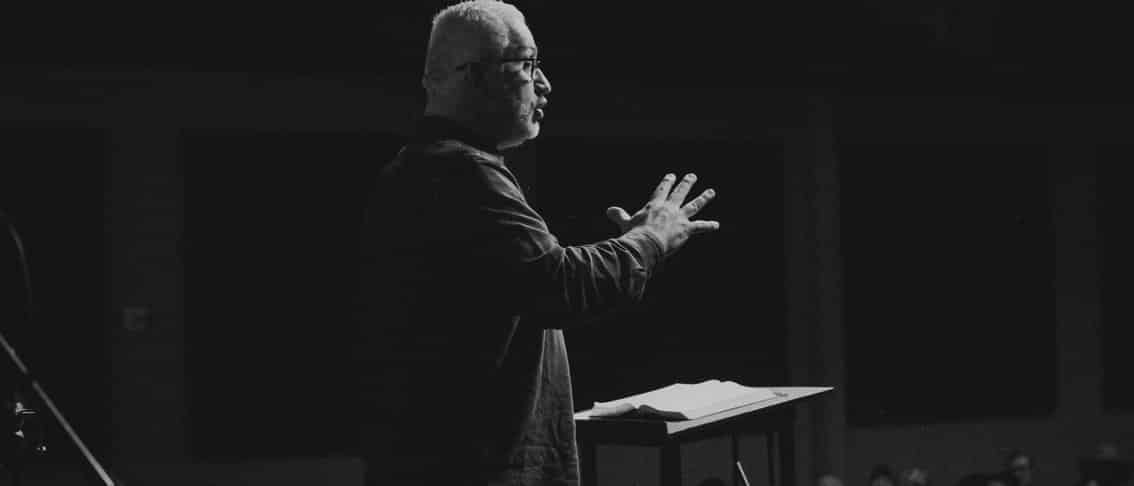Leaders in higher education are captioning their content more than ever before. Institutions are utilizing closed captioning services to assist students who are deaf or hard of hearing, as well as students who retain content better when it’s also presented visually. Unlike open captions, which are displayed on the video by default, closed captioning services are controlled by the end user.
Since many students do not report their disabilities or learning needs to their institutions, openly providing these services to all students is proving to be quite successful.
How Does Closed Captioning Work?
When universities provide closed captions, they allow students to turn the captions on and off whenever they please while watching a lecture. Closed captioning means that the captions are not turned on automatically. Instead, students need to select and deactive the captions with the click of a button.
This capability can prove useful by giving students options. For example, a student reviewing course material while in-transit and without earphones will likely want the captions, but perhaps he prefers to play the audio without captions when studying at home. Captions could also accidentally hide an important visual within a video and therefore need to be turned off.
In addition to captioning videos they have already been recorded, institutions can use CART services as well, or “communication access real time transcription.” CART services help universities broadcast lectures live with an added visual aid.
There appears to be little downside here, but the challenge comes with securing high quality captions which are accurate. Captioning mistakes can hinder students’ understanding of course material or create a disadvantage to students living with hearing loss.
When captioning isn’t conducted in real time, universities can review the content and ask for revisions when necessary, but they shouldn’t need to sacrifice the ability to provide live services to students as a result. A variety of different captioning solutions exist currently.
Automatic Captions
Some platforms add captions to videos automatically. On YouTube, for example, every video is automatically captioned. Viewers can click the “CC” button to activate the captions and click it again to deactivate them. Since the process is automatic and these captions often not go through a thorough reviewal process, organizations should be wary and review all content provided on external video platforms to ensure caption accuracy.
Manual Captions
Some captions are done manually by human professionals. This process can often take a lot longer. Professionals providing video captioning services manually often need to watch the material over and over again to ensure accuracy. Some organizations which provide manual captions divide up pieces of a long video among team members to tackle it all at once and complete the work quickly. At the end, it is often reviewed to ensure all of the pieces make sense when placed together.
Customized Captions
Some providers allow organizations to customize captions with different font style, size and color and the location of where the captions appear on the student’s screen. Customization can help organizations stay on brand and ensure captions will be easy to read.
Closed Captioning Software that Identifies Speakers
If videos feature more than one speaker, it is recommended to use closed captioning software that includes an automatic sound recognition (ASR) engine. Leveraging voice recognition, this engine is able to discern between different speakers, even if their voices are similar. Students navigating hearing loss in the classroom can greatly benefit when captions also clarify who is speaking.
Closed Captioning Software that Understands Course Topics
With artificial intelligence and machine learning companies can train their closed captioning software with information from books, research papers and audio materials, to a level of almost 100% captioning accuracy. Combined with a long list of titles and names from the discipline’s history and information on current events, the software is able to caption the content just as well as a human being, if not more accurately, and at a fraction of the time and cost. This added knowledge can be especially helpful when striving for accuracy with real time captioning.
Captioning Review Process to Guarantee Accuracy
AI-based captioning is accurate, but having professionals review the work can be helpful to catch mistakes. Correcting mistakes also teaches the machine further. The more the ASR is used during a specific course, and the more it is corrected, the less mistakes it will make. As a result, captions will be provided quickly and accurately and CART captioning can better serve students.
Promote Inclusivity & Student Learning
The number of students who depend on closed captioning being provided for both live and recorded lectures continues to grow. For many, it is the only way to participate in courses and get the right information. All students though can benefit from captions as an aid to gain and retain valuable course material.




